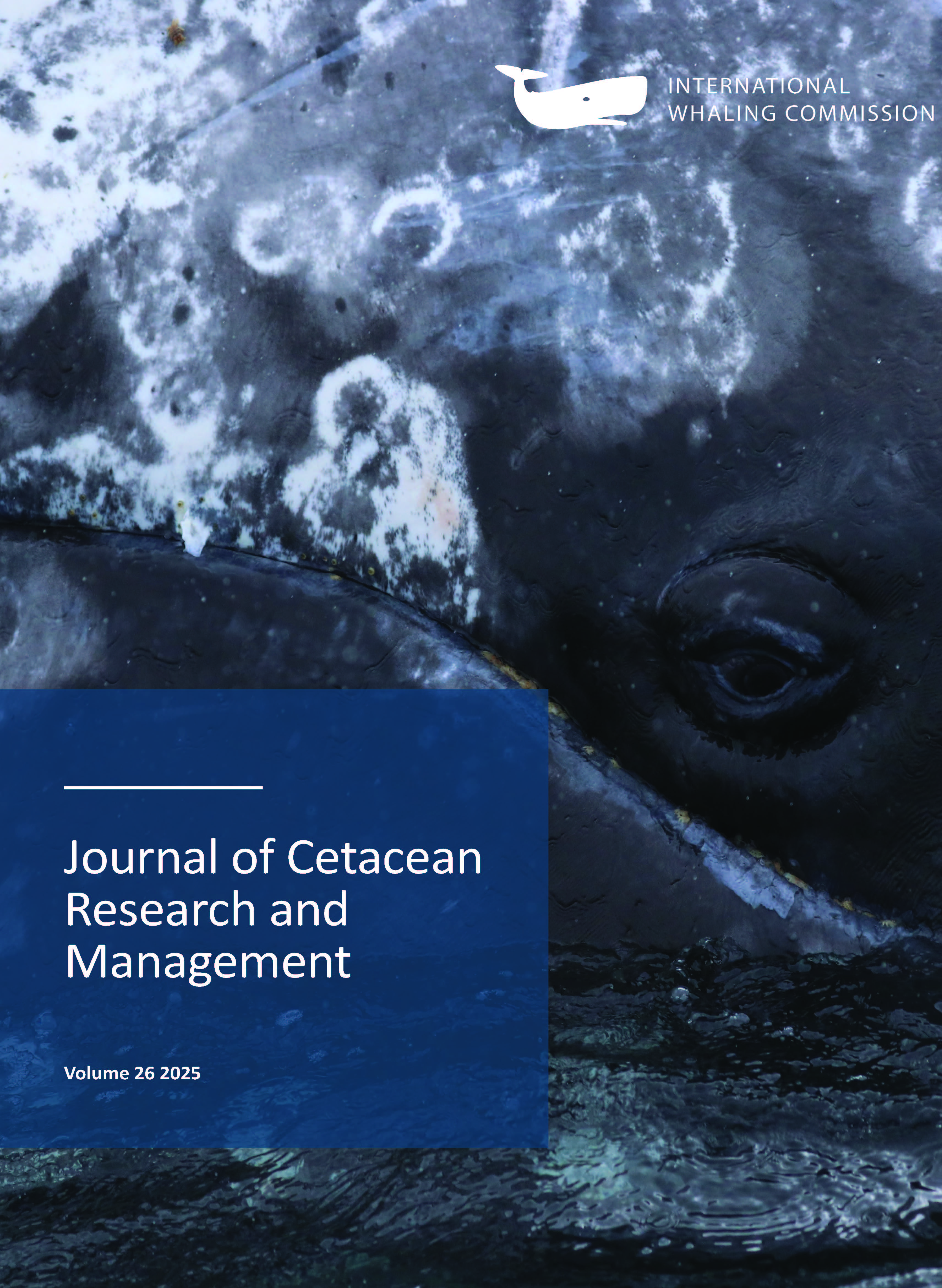What information is required to inform management decisions for migratory baleen whales in response to climate change?
Main Article Content
Abstract
Climate change poses significant challenges for migratory baleen whales. These species rely on stable environmental conditions and prey availability in polar regions which are predicted to experience significant climate change. Predicting the impacts of climate change on whale species remains challenging due to complex interactions between environmental drivers, biological mechanisms and species‐specific physiological responses to novel environmental conditions. Process‐based models linking environmental drivers can elucidate causal change mechanisms, offering the most robust approach to addressing uncertainty and informing management decisions. This systematic review analysed 53 peer‐reviewed studies published between 2001–2022 to assess how baleen whale responses to climate change are modelled and predicted in scientific literature, with a focus on the integration of intrinsic biological mechanisms and processes in modelling approaches. Substantial methodological and geographic biases were found, with 75% of studies focused on Northern Hemisphere populations, predominantly in the North Pacific, North Atlantic and Arctic oceans. Statistical correlative methods dominated the research landscape, with only three studies employing mechanistic approaches. Many studies (> 40%) inferred whale responses based on their knowledge or assumptions, rather than explicitly testing responses via biological mechanisms. While the majority of studies reported negative responses to climate drivers, some species demonstrated potential adaptability through range shifts and prey switching. Significant knowledge gaps were identified, including limited physiological research, minimal studies on Southern Hemisphere populations and few investigations of complex environmental interactions. The review highlights the critical need for process‐based models incorporating physiological mechanisms, species‐specific characteristics and comprehensive environmental data to develop robust predictions and management strategies.
Article Details

This work is licensed under a Creative Commons Attribution-NonCommercial 4.0 International License.
You are free to:
- Share copy and redistribute the material in any medium or format
- Adapt remix, transform, and build upon the material
- The licensor cannot revoke these freedoms as long as you follow the license terms.
Under the following terms:
- Attribution You must give appropriate credit, provide a link to the license, and indicate if changes were made. You may do so in any reasonable manner, but not in any way that suggests the licensor endorses you or your use.
- NonCommercial You may not use the material for commercial purposes.
- No additional restrictions You may not apply legal terms or technological measures that legally restrict others from doing anything the license permits.

